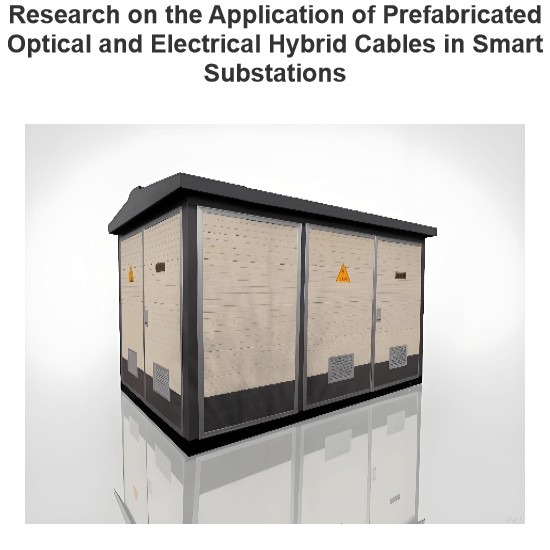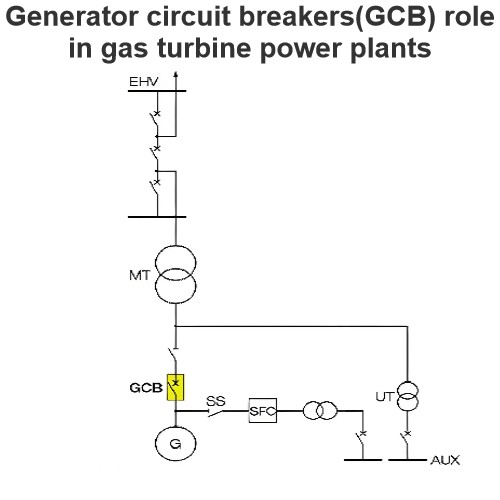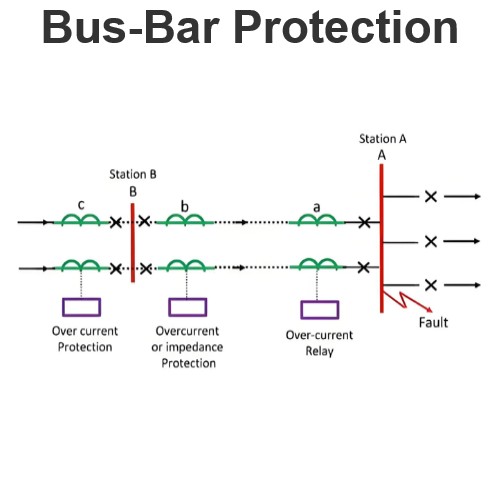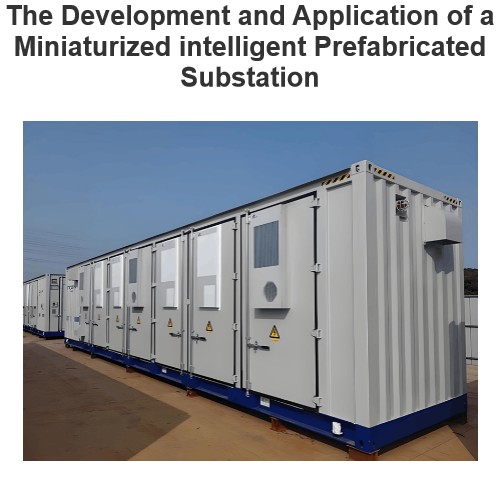| Brand | Pingalax |
| Model NO. | DC 30/40KW EV Chargers |
| Mounting type | Wall-mounted |
| Rated Output Rating | 40KW |
| Output Voltage | DC 200-1000V |
| Max Output Current | 125A |
| Connector Options | CCS2 |
| Cable Length | 5m |
| Methods of Communication | Bluetooth,WIFI,RJ45 |
| Series | DC EV Chargers |
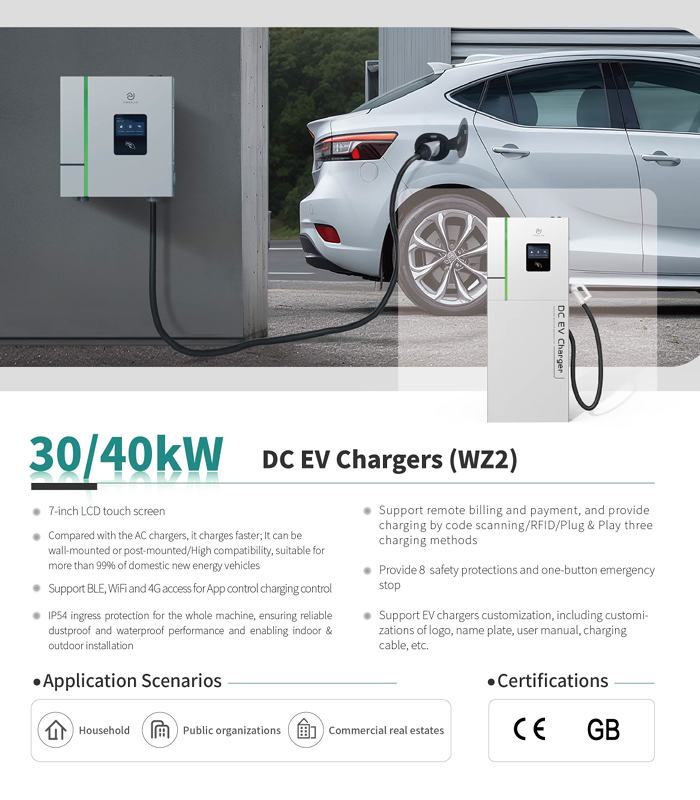
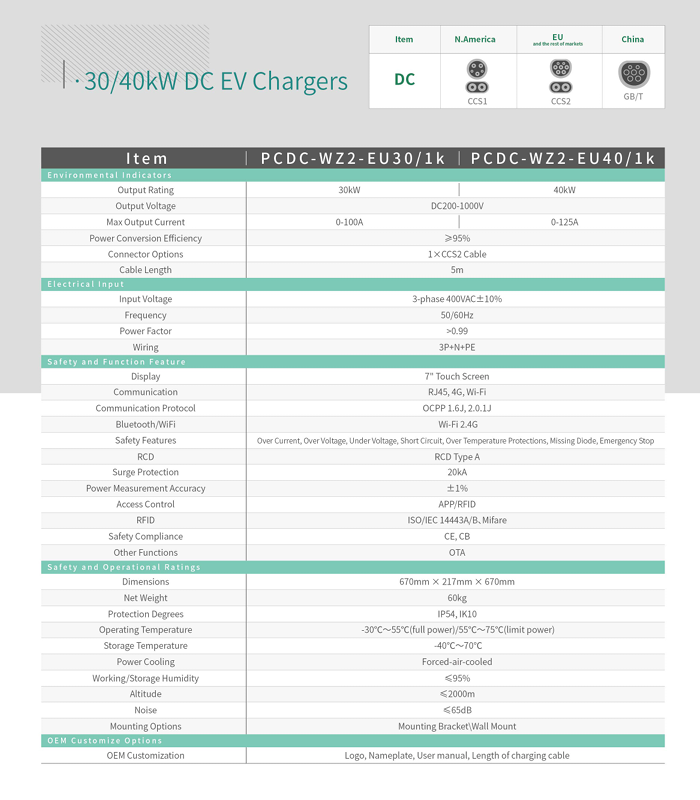
How is the DC car charger protected from leakage?
Basic principle of leakage protection:
Leakage detection: Detect whether there is current flowing into the ground or other unintended paths other than the normal path.Automatic power off: Once a leakage is detected, the system will automatically cut off the power supply to prevent accidents.
Main technical means of leakage protection
Residual current device (RCD/RCCB):
Definition: A residual current device (RCD) or residual current circuit breaker (RCCB) is a device used to detect leakage current and cut off the power supply when leakage is detected.
Working principle: The residual current device judges whether there is leakage by detecting whether the current flowing in and out of the circuit is balanced. When an unbalanced current (i.e., leakage current) is detected, the residual current device will quickly cut off the power supply.
Current transformer (CT):
Definition: A current transformer is a device used to detect changes in current in a circuit.
Working principle: In a DC car charger, a current transformer can detect changes in current in the charging circuit. If abnormal current (such as leakage current) is detected, the system will trigger a protection action.
Ground fault protection (GFCI):
Definition: A ground fault circuit interrupter (GFCI) is a device used to detect and cut off ground fault current.
Working principle: The GFCI compares the input current and output current in the charging circuit. When the two are inconsistent, it is considered that there is a leakage phenomenon and the power supply is immediately cut off.
